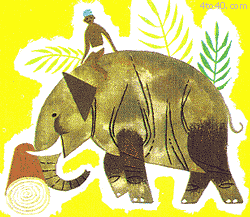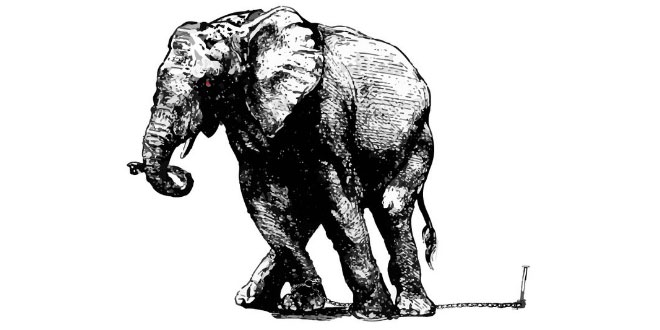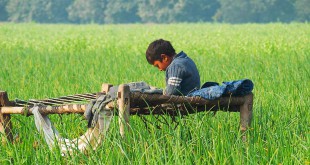The Indian elephant (Elephas maximus indicus) is one of three recognized subspecies of the Asian elephant and native to mainland Asia. Since 1986, Elephas maximus has been listed as Endangered on the IUCN Red List as the wild Asian elephant population has declined by at least 50% since the 1940s to 1930s, i.e. three elephant generations. The Asian elephant is threatened by habitat loss, degradation and fragmentation.
Asian elephants are smaller than African elephants and have the highest body point on the head
Indian elephants may spend up to 19 hours a day feeding and they can produce about 220 pounds of dung per day while wandering over an area that can cover up to 125 square miles. This helps to disperse germinating seeds. They feed mainly on grasses, but large amounts of tree bark, roots, leaves and small stems are also eaten. Cultivated crops such as bananas, rice and sugarcane are favored foods as well. Since they need to drink at least once a day, these elephants are always close to a source of fresh water.
The Indian Elephant: Short Children’s Poem on Elephant
An Indian Elephant’s used for work,
From honest toil he does not shirk,
All day long, he’ll push and shove,
While his owner guides him from above!
The owner loves his elephant grey,
Sitting behind his ears all day,
Speaks to him in a quite tone,
So he never feels alone.

The tree trunks thick-they roll along,
Pushed by the elephant’s head so strong,
Along the forest track he goes,
Guided by his owner’s toes!
And when the hard day’s work is done,
And downward goes the setting sun,
To the water they make their way,
To wash the mud off in the spray!
 Kids Portal For Parents India Kids Network
Kids Portal For Parents India Kids Network







